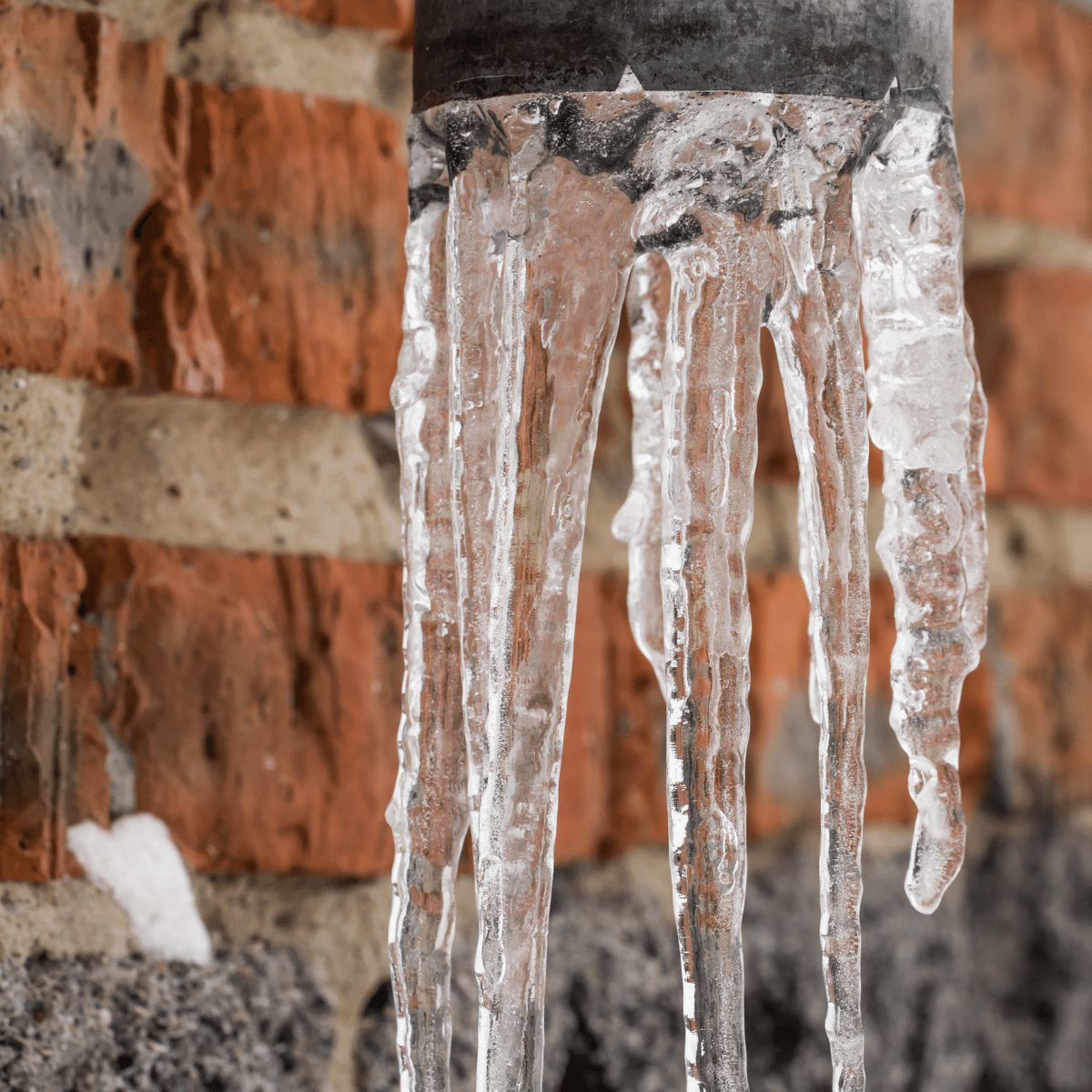Ways to Safeguard Plumbing System from Cold Weather: Key Advice
Ways to Safeguard Plumbing System from Cold Weather: Key Advice
Blog Article
They are making several good pointers on Preventing and dealing with frozen pipes overall in the article followed below.

Winter can wreak havoc on your plumbing, particularly by freezing pipelines. Here's exactly how to prevent it from taking place and what to do if it does.
Intro
As temperatures drop, the danger of frozen pipes increases, possibly resulting in pricey fixings and water damages. Comprehending exactly how to prevent frozen pipelines is crucial for house owners in cold environments.
Prevention Tips
Insulating at risk pipes
Cover pipelines in insulation sleeves or utilize warmth tape to protect them from freezing temperature levels. Focus on pipelines in unheated or external areas of the home.
Home heating methods
Maintain indoor rooms appropriately heated, especially areas with plumbing. Open up cupboard doors to allow warm air to circulate around pipes under sinks.
How to identify frozen pipes
Search for lowered water flow from faucets, unusual smells or noises from pipelines, and visible frost on exposed pipes.
Long-Term Solutions
Structural modifications
Think about rerouting pipelines far from outside walls or unheated areas. Add extra insulation to attics, basements, and crawl spaces.
Upgrading insulation
Invest in premium insulation for pipes, attic rooms, and walls. Correct insulation helps maintain regular temperatures and lowers the danger of frozen pipes.
Protecting Exterior Plumbing
Yard pipes and outside faucets
Separate and drain yard tubes prior to winter. Install frost-proof faucets or cover exterior faucets with shielded caps.
Understanding Frozen Pipes
What causes pipelines to ice up?
Pipes ice up when exposed to temperature levels listed below 32 ° F (0 ° C) for extended periods. As water inside the pipelines freezes, it broadens, putting pressure on the pipe wall surfaces and possibly triggering them to burst.
Dangers and problems
Icy pipelines can result in water system disturbances, building damages, and pricey repair work. Ruptured pipelines can flood homes and create extensive structural damage.
Indications of Frozen Water Lines
Recognizing frozen pipelines early can avoid them from bursting.
What to Do If Your Pipelines Freeze
Immediate activities to take
If you presume icy pipelines, maintain taps available to soothe stress as the ice thaws. Utilize a hairdryer or towels soaked in warm water to thaw pipes gradually.
Verdict
Protecting against frozen pipes calls for positive actions and fast feedbacks. By recognizing the causes, indications, and preventive measures, home owners can protect their plumbing throughout cold weather.
6 Proven Ways to Prevent Frozen Pipes and Protect Your Home
Disconnect and Drain Garden Hoses
Before winter arrives, start by disconnecting your garden hoses and draining any remaining water. Close the shut-off valves that supply outdoor hose bibs and leave the outdoor faucet open to allow any residual water to drain. For extra protection, consider using faucet covers throughout the colder months. It’s also important to drain water from any sprinkler supply lines following the manufacturer’s directions.
Insulate Exposed Pipes
Insulating your pipes is an effective way to prevent freezing. Pipe insulation is readily available at home improvement stores and is relatively inexpensive. Pay close attention to pipes in unheated areas such as the attic, basement, crawl spaces, or garage. Apply foam insulation generously to create a buffer against the cold. You can also wrap your pipes in heat tape or thermostat-controlled heat cables for added warmth.
Seal Air Leaks
Inspect your home for any cracks or openings that could let in cold air. Seal any holes around the piping in interior or exterior walls, as well as the sill plates where your home rests on its foundation. Additionally, make sure to keep your garage door closed unless you’re entering or exiting. Leaving it open creates a significant air leak that can lead to frozen pipes.
Allow Warm Air Circulation
During cold snaps, it’s essential to allow warm air to circulate evenly throughout your home. Leave interior doors ajar to promote better airflow. Open kitchen and bathroom cabinets to help distribute heat consistently around the rooms. If you have small children or pets, be sure to remove any household chemicals or potentially harmful cleaners from open cabinets for safety.
Let Faucets Drip
A small trickle of water can make a big difference in preventing ice formation inside your pipes. When temperatures drop significantly, start a drip of water from all faucets served by exposed pipes. This continuous flow helps prevent the water from freezing. Additionally, running a few faucets slightly can relieve pressure inside the pipes, reducing the chances of a rupture if the water inside does freeze.
https://choateshvac.com/6-proven-ways-to-prevent-frozen-pipes-and-protect-your-home/

I was made aware of that editorial on Helpful Tips to Prevent Frozen Pipes this Winter from an acquaintance on a different website. Are you aware of another person who is interested by Helpful Tips to Prevent Frozen Pipes this Winter? Please feel free to share it. Many thanks for your time spent reading it.
Free Estimate Report this page